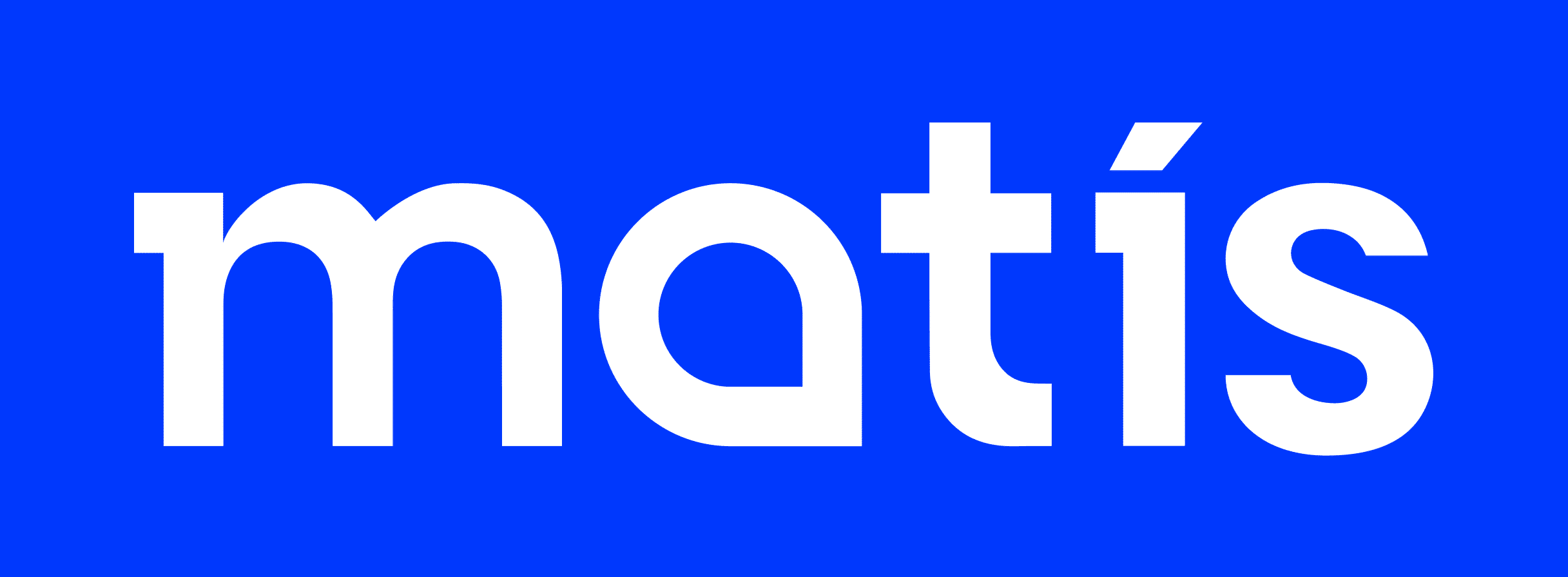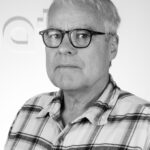Héðinn's Protein Factory (HPP) and Héðinn's Fish Oil Factory (HOP) / Hedinn protein plant and Hedinn oil plant
The aim of the project was to develop automatic fishmeal and fish oil factories (HPP and HOP). The factories are automatic, environmentally friendly and can run on electricity, steam or residual heat. The production process for fishmeal has been redesigned in many ways. Knowledge of the process control and physical properties of the raw material is based on a traditional fishmeal process, and this knowledge is used as a basis for the development of equipment for processing seafood. Experiments with HPP were divided into two main components: 1) testing of new equipment and production processes and 2) evaluation of material and energy flow in the production process. The main emphasis is on extra raw materials that are created in fish processing for human consumption, such as slag and bones from white fish. Tests have also shown the excellence of the factory for processing flour and fish oil from by-products from shrimp processing, salmon processing and pelagic fish processing, but these raw materials have been used in the production of fishmeal and fish oil for decades and their properties are known. Experiments with the HOP factory consisted of testing different welding times and temperatures during welding, as well as limiting the availability of oxygen to raw materials during processing. The results show that HPP and HOP have the ability to produce fishmeal and describe previously little used raw materials. The quality of the fishmeal and fish oil depended on the quality of the raw material that went into the factory. For a small factory located near a fish processing plant, the freshness of the raw material should not be a problem. Chemical measurements of flour and fish oil showed a low water content in the fish oil and a low fat content in the flour, which underlines that the new equipment used in the factory works as well as expected.
The aim of the project is to develop an automatic fish meal and fish oil factory (HPP and HOP). The factory is automatic, environmentally friendly and runs on electricity, steam or waste heat. The manufacturing process and equipment for fish meal has been redesigned in various ways. The knowledge on the process management and the properties of the raw material based on fish meal processing will serve as a basis for the companies to develop new equipment for the full processing of marine products. Experiments with HPP consisted of two main parts: 1) testing new equipment and manufacturing process and 2) examination of mass- and energy flow through the process. Focus was on by-products from processing fish for human consumption eg viscera from whitefish and bones. Also experiments have been conducted on shell from shrimp and pelagic fish which has been used for fish meal processing for decades with its well-known properties. Experiments with HOP factory consist of testing different cooking time and temperature, in addition to limit accessibility of oxygen to the raw material in the process. The results showed that HPP and HOP can produce fish meal and fish oil from previously little utilized by-products of many species. The quality of the fish meal and oil depended on freshness on the raw material. For a small factory that can be stationed close to a fish processing plant, the freshness of raw material should not be a problem. Measurement of low water content in fish oil and low fat content in the meal, states that the new equipment and process are giving results as hoped.







